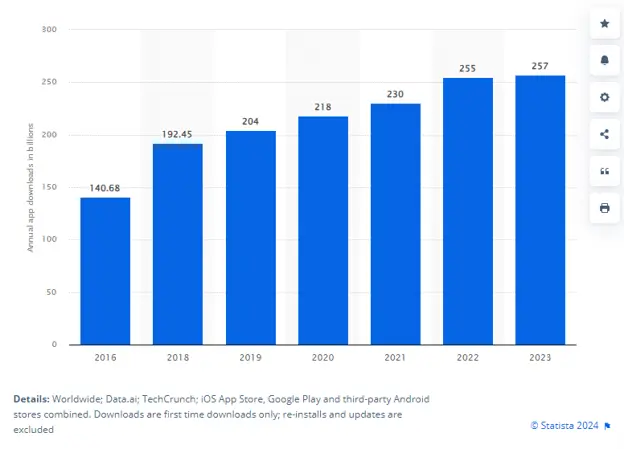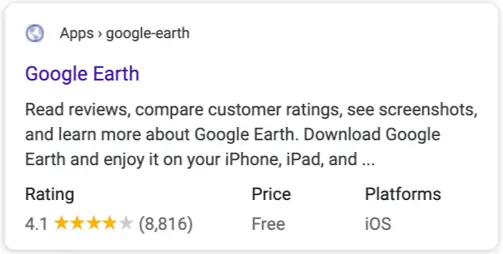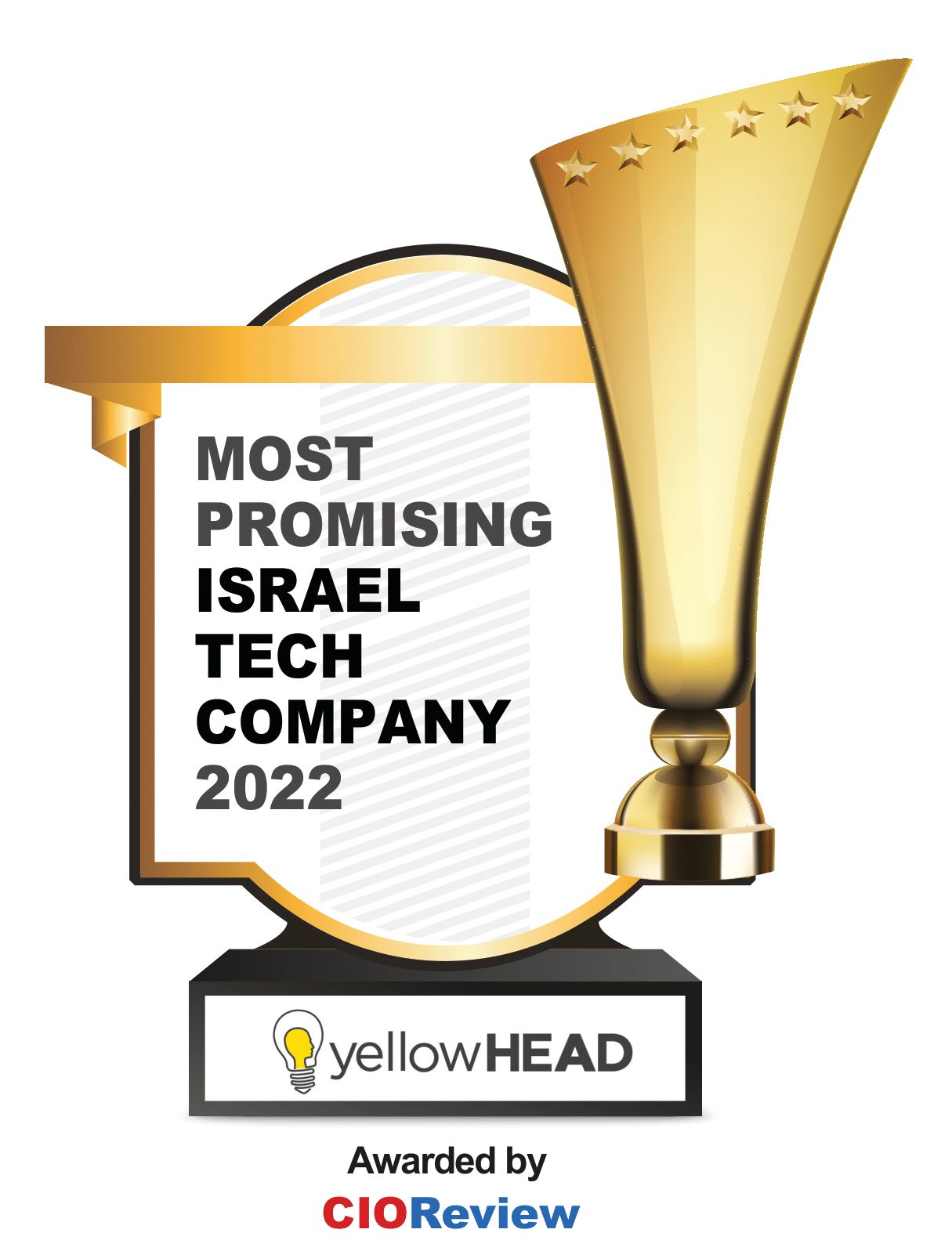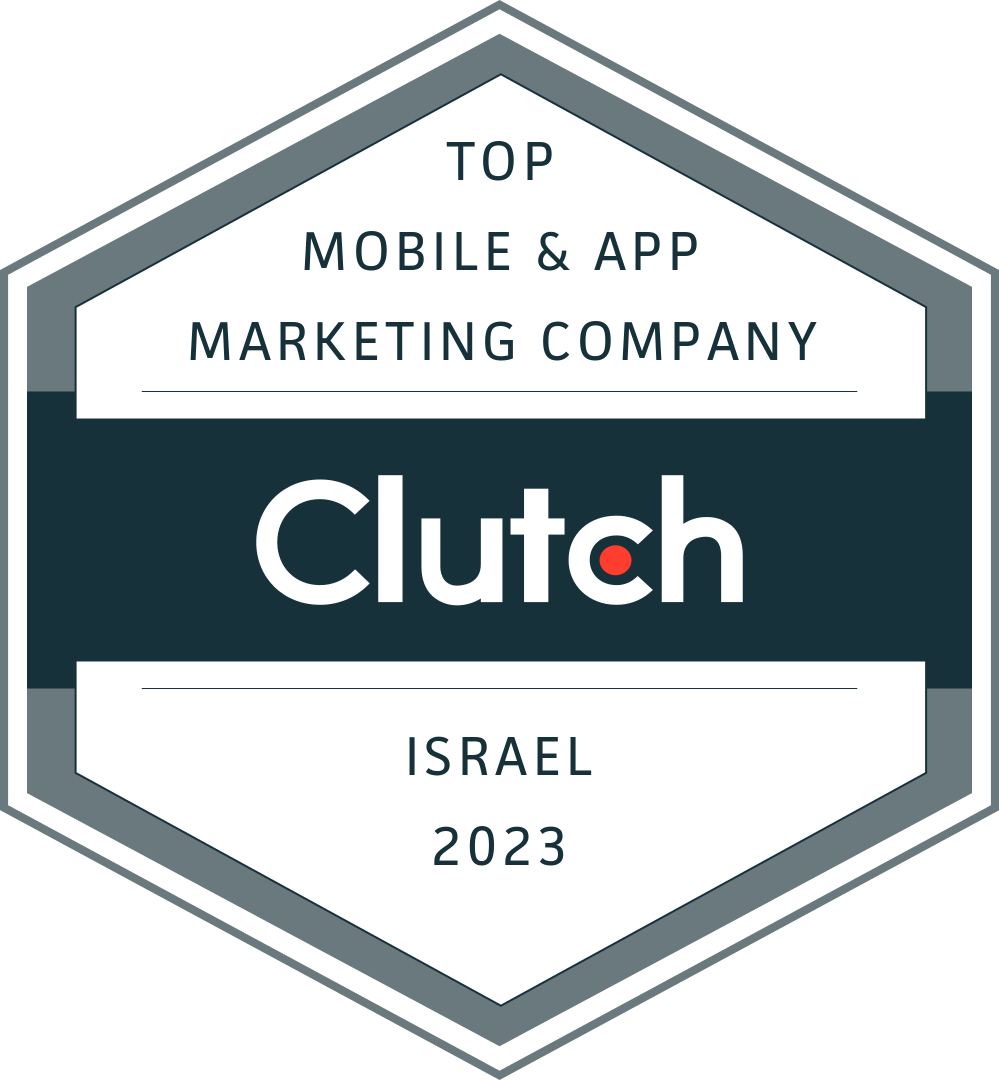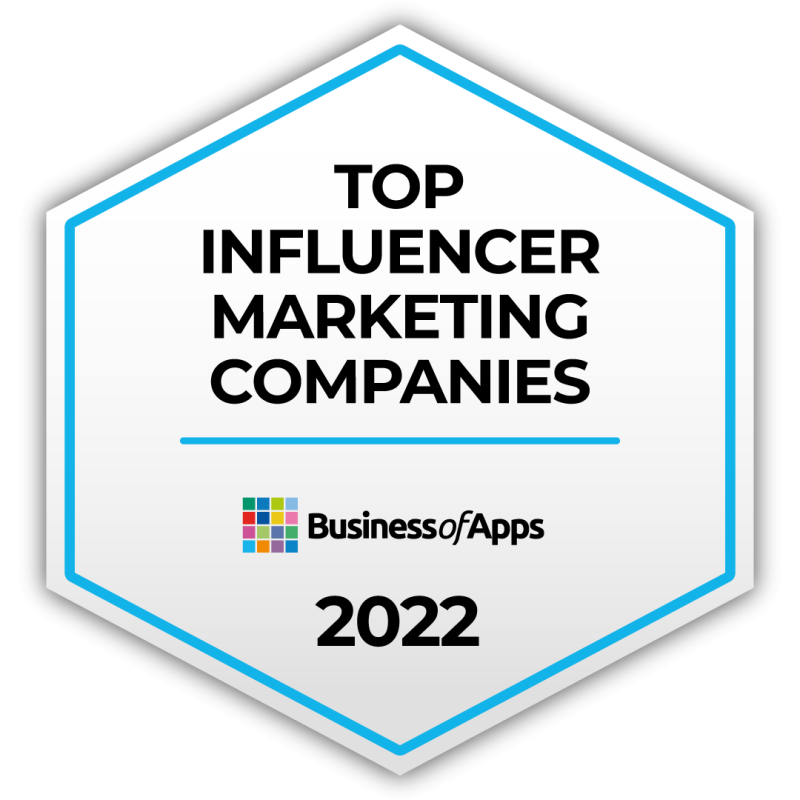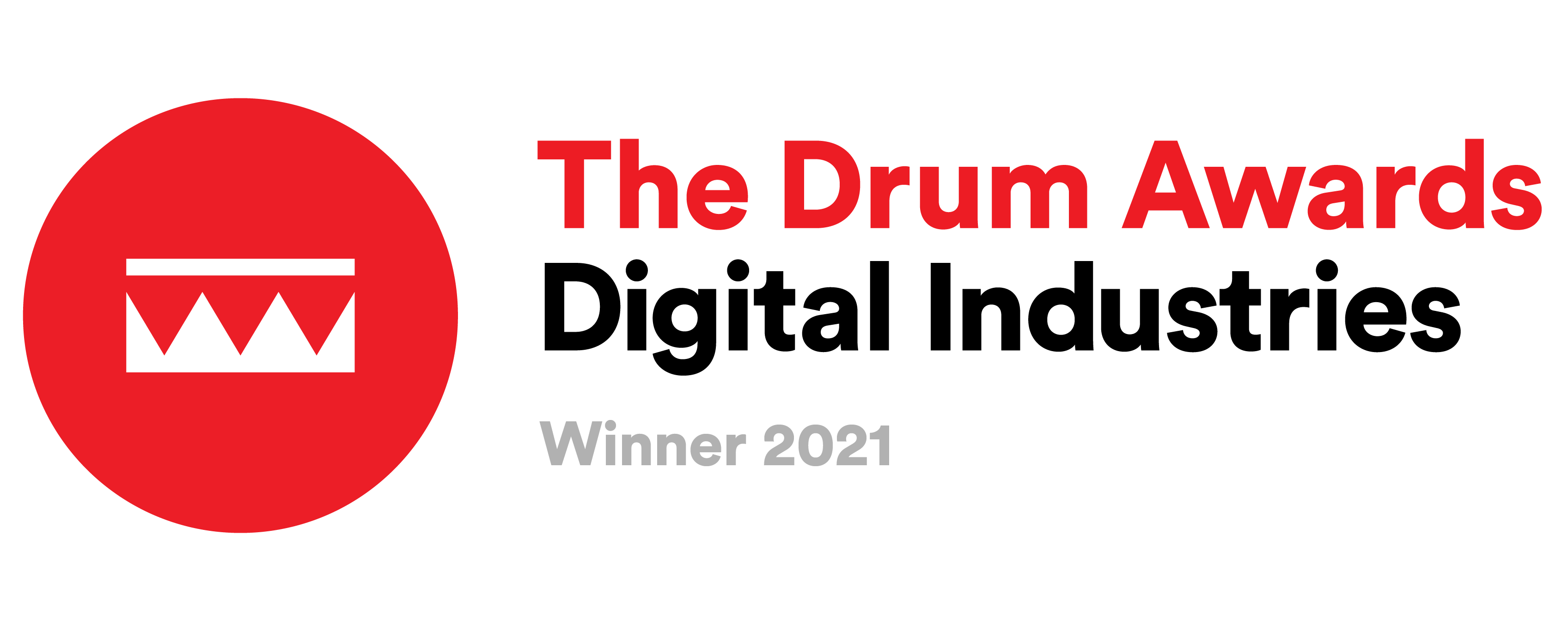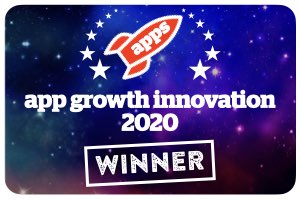SEO for Apps: Drive More Traffic from Your Website to Your App (With Real-Life Tips)
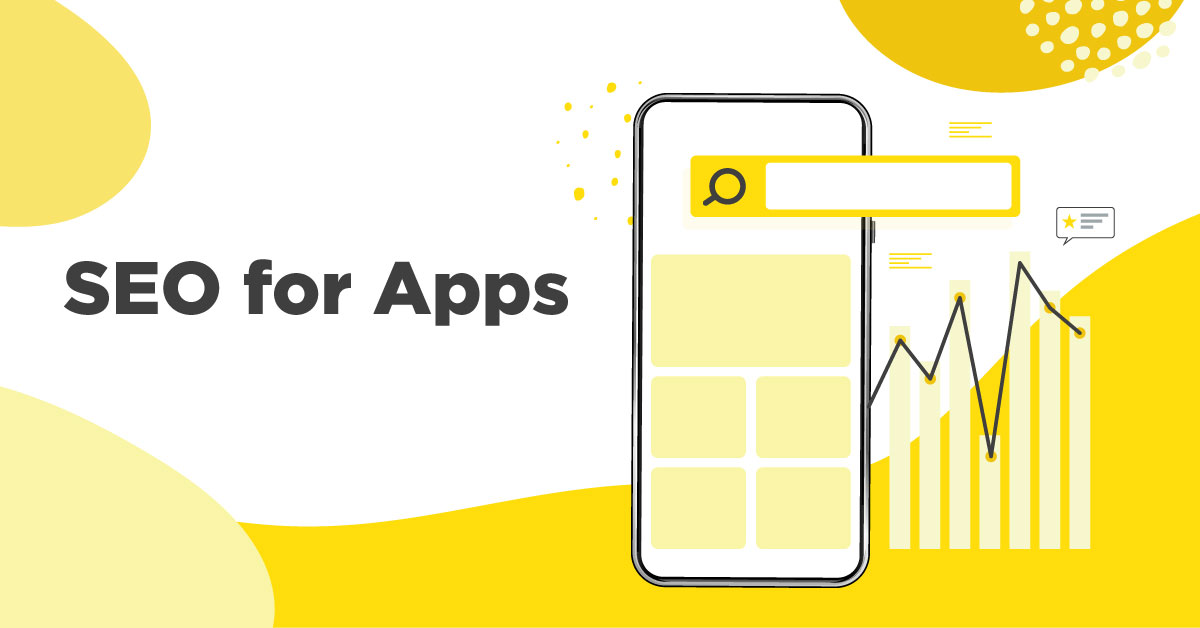
In today’s crowded app marketplace, standing out on the App Store and Google Play alone isn’t enough. By leveraging the power of SEO, you can drive significant traffic from your website directly to your app, attracting more users and boosting downloads. In this article, we’ll explore the latest strategies and real-life tips to help you optimize your website for app promotion, ensuring your app gets the visibility it deserves across multiple channels.
SEO can be a free traffic source for apps, but in many cases, it is being neglected. This is a shame because it can easily increase brand awareness, improve user experience and generate more app downloads. Having a solid SEO strategy can also contribute to your ASO (app store optimization) strategy since you’ll get more users, app reviews, and traffic.
After years of working with international clients that use both organic sources, we’ve created a comprehensive guide to help you implement the leading SEO best practices to boost your app’s traffic and get more installs and make your app more popular overall.
What is SEO for Apps?
SEO is the process of generating organic traffic from search engine results (usually Google) by using certain keywords. It’s an ongoing process that helps you drive more targeted, relevant web traffic to your website or app based on relevance, popularity, and authority.
While commonly associated with websites, SEO is equally critical for promoting apps. By optimizing your website and app content for relevant search queries, you can increase visibility, boost brand authority, and drive more downloads. In fact, According to Google’s official data, 30% of smartphone users are more likely to use a company or brand’s mobile site when browsing or shopping on a smartphone when making a one-time purchase. With millions of apps available on Google Play and the App Store, a strong SEO strategy is essential for cutting through the noise and attracting users who might otherwise never find your app.
The total number of app downloads in 2023 was 257 billion (a 1% increase from 2022 and a 12% increase from 2021) and numbers are only expected to grow in 2024-25. This means that the potential market is huge if brands know the right actions that will lead to more app downloads.
Number of mobile app downloads worldwide from 2016 to 2023:
Source: https://www.statista.com/statistics/271644/worldwide-free-and-paid-mobile-app-store-downloads/
So, in a world where there’s an app for everything but also more competition than ever, how can your brand stand out? You need a strong app promotion strategy and SEO for apps may be the answer you are looking for.
10 App SEO Tips for Marketing Apps
Web-to-App Funnel Optimization:
1. Optimize the Homepage
If your goal is to drive traffic to your app, your website homepage will often be the first stop, so it needs to be optimized. Make sure your homepage includes these elements.
- Clear Call to Action: Ensure that your call to action’s primary purpose is to download the app. Keep this visible and add high-intent keywords to it. For example, switch the phrase “Get started” with “Download the app” and place it above the fold, so users won’t have to scroll down to see it.
- App-website promotions and purchases: Showcase your app’s best deals, such as discounts, events, new features, bonuses, etc.
- QR Codes: Add a QR code to download the app. Desktop users will be able to scan the code and easily get the app without having to go through the store. Once the code has been scanned, a clickable deep link will appear. You may also opt to send a link to their phone or email.
- Use Visual Aids: Make sure users know about your app’s new features and updates through visuals. For instance, use a video above the fold so that users won’t have to scroll down to watch it. Users rarely scroll all the way down a webpage, so ensuring that your video is at the top will increase the chances they’ll watch it.
- Tip: Show an image of your app on a mobile device to demonstrate the app’s UI (a great way to introduce your app to the users before downloading it).
- Credible Reviews: Add honest, verified user reviews to encourage potential users to continue their journey to downloading. If possible, use their names too. Most of us won’t buy a product without checking reviews first, and this also applies to apps! Adding reviews will not only help users but also send Google trust signals that might improve the authority of your site.
2. Optimize the User Journey on Desktop
Your app store SEO adventure doesn’t end when you optimize the homepage. SEO for apps requires optimization of the entire user journey.
In order to increase downloads, it’s helpful to create a desktop version of your app. Building a desktop version can open doors to a broader audience, and it can help with your ASO efforts by increasing your app’s presence on the web. Moreover, as some users will prefer to start the registration process right away, this is a great way to make sure you keep the user engaged. After registration, it can be much easier to make them download the app if they are already on your website.
yellowTIP: Utilize Push Notifications – While push notifications are typically associated with in-app engagement, you can also use them on your website to remind users about your app. This can be a gentle nudge for those who visited your site but haven’t downloaded the app yet! In fact, according to Google’s data, 50% of smartphone users are more likely to use a company or brand’s mobile site when browsing or shopping on a smartphone because they don’t want to download an app.
3. Explore Progressive Web Apps (PWA)
PWAs are gaining popularity as they combine the best of websites and apps. Progressive Web Apps (PWAs) are web applications that deliver an app-like experience directly within a user’s browser. They combine the best features of both websites and native apps, offering fast loading times, offline access, and push notifications, all without requiring a full app download. PWAs are particularly powerful for improving user engagement because they eliminate friction—users can interact with your app immediately from the web without needing to go through the app store.
From an SEO perspective, PWAs can significantly boost your visibility and rankings. Since PWAs are indexed like regular web pages, they can rank on search engines and attract organic traffic. To optimize your PWA for SEO, focus on mobile-first design, ensure fast load times, and use structured data to help search engines understand your content. Additionally, implementing service workers for offline capabilities can enhance user experience, further improving your site’s ranking in search results. By leveraging PWAs, you can expand your app’s reach, improve engagement, and capitalize on SEO benefits that traditional apps might miss. Some of the more popular PWA are – Pinterest, Spotify and the Washington Post.
4. Create Links From the Website to the App Product Page
Use your content to send users to your app’s page. Make sure to use different anchor text variations, not just “Download the app”. Try to use keywords that are relevant to your product and create a mix of anchor links. This way, you’re not only helping your site visitors reach your app, you’re also helping improve your ASO since more traffic comes to your app, which will increase app visibility overall!
5. Implement Schema Markup for Apps
Schema markup, especially SoftwareApplication and Event structured data, can help improve your app’s visibility in SERPs. App schemas can highlight features and actions directly within search results, which can lead to more app downloads.
You can implement Event schema on your website to mark up information about in-app events, such as special promotions, live streams, competitions, or feature releases that you want to promote. This helps search engines like Google understand the context of the event, making it more likely to appear prominently in search results.
* If your app is running a limited-time event, such as a holiday promotion or a special in-app competition, you can create a dedicated landing page on your website that details the event and uses Event schema to highlight key details.
* This landing page can then be linked to from Google Play’s promotional content, offering a seamless transition for users who discover the event through search results and then want to participate via your app.
6. Expand on App Clips and Instant Apps
App Clips (iOS) and Instant Apps (Android) are lightweight versions of full apps that allow users to access specific features or content without downloading the entire app. These technologies are designed to reduce friction in the user journey, making it easier for potential users to engage with your app before committing to a full download. Integrating App Clips and Instant Apps into your SEO strategy can be a powerful way to increase app installs by offering users a seamless experience.
SEO Optimization:
7. Optimize the “About Us” Page
It’s essential to have a clear and informative “about us” page. Since some users will want to learn more about the story behind the app before downloading, make sure to provide a clear overview of your brand.
Include information about the company leaders (CEO, CTO, CMO, etc.) and link to their LinkedIn profiles to increase authority in the eyes of Google. In addition, you should keep the E-A-T signals in mind. E-A-T stands for expertise, authoritativeness, and trustworthiness, and it comes from Google’s Search Quality Rater guidelines which became well known after the infamous Medic Update in August 2018. Sending trust signals can help you gain better rankings.
8. Optimize the Blog Content
Next up, we have the king of SEO: content.
From our experience, almost all organic keywords are branded. So, in order to rank for more “generic” keywords, create a blog or optimize an existing one.
By optimizing your web presence, you’re improving your chances of getting ranked above your competitors for general content. This will help drive more traffic to your website and increase brand awareness. In other words, adding relevant content (with relevant keywords) can improve your traffic dramatically. And once you have a lot of new potential users browsing your website, they’ll hopefully download your app too! Isn’t it great? Of course, it is.
So how do you actually do it?
Based on keyword research, provide professional information and educate your users on different topics related to your app. For example, if you’re providing payment solutions for businesses, create articles helping the users understand their various options, or comparing different ones. For example, if you have a finance app, create blog posts on generic-yet-related topics, like:
- “How to choose the best payment app.”
- “X mistakes freelancers make that you should avoid.”
- “Understanding how discount fees impact your business.”
It can range from the top of the funnel content to the bottom of the funnel, where the users are ready to take action and download your app.
More ways to optimize your blog include:
- Consistent Posting: Post regularly to signal Google that you’re providing fresh content and you’re up to date with the latest industry trends. This way, the Google crawlers will learn to visit your site regularly. Keep in mind that they should always be informative and exciting!
- SEO Optimize Each Article: Create long articles with proper headings (H1, H2..). You should also ensure that you include images, infographics, and a CTA (call to action) such as “Download the app”. Google tends to value longer articles, so make sure to include plenty of great insights for your users.
- Tip: Include the author of the article and link to their profile page to increase authority (remember the E-A-T signals?)
- Write Evergreen Content: Focus on creating SEO-optimized content that is not time-sensitive and won’t lose its value over time. This is one of the most effective SEO techniques for sites. For example, if you write an article about best practices for investing in Cryptocurrency or how to choose the right expense-tracking platform, it will stay relevant for a while. SEO rankings and results don’t change that quickly, so writing evergreen content is a great way to ensure your website keeps ranking well for months or years to come.
- Link Up: Link the blog and product pages to one another to make it easier for Google to scan the site and reach those pages. This might result in better rankings for those articles.
9. Optimize Page Speed
How important is page speed for SEO? Well, very important. In fact, optimizing page speed is one of the most powerful SEO ranking factors. According to Google, if you want to keep your website relevant and maintain a high rank, it’s crucial that pages load within two seconds or less.
If they don’t, users might not visit anymore as there are many other choices for them. Plus, Google uses page speed as a ranking factor, meaning that websites that rank higher are usually those with faster pages and a better user experience (this is what Google is all about).
Starting in February 2022, Google started taking the desktop page experience into consideration as part of the full Core Web Vitals rollout. This means you must focus on both mobile and desktop speed when improving SEO for apps. Ensure that you target all crawlability issues and error response codes within your website.
You can use the Google PageSpeed Insights tool to find out how your site is doing.
10. Conduct a Site Audit to Identify Technical Issues
A website audit is an analysis of your site that identifies its strengths and weaknesses. It can help you identify SEO issues such as broken links, duplicate content, and crawlability problems that prevent Google from crawling and indexing your website properly.
It would be a shame to invest a great amount of time in optimizing the website just to find out that all pages were accidentally set to “no-index” (this is how we tell Google to skip those pages and not rank them)
In order to identify the different issues, there are some free tools that can help with your technical audit. For the more advanced people out there, a manual check must be performed as well (as not all issues can be checked with tools).
How to Drive Traffic to Your App From Other Channels
The SEO process takes a lot of time and effort, so it’s essential to have a backup plan for getting traffic. SEO is not the only thing that can increase app downloads and reach more users.
- Social Media: Social media is the most popular channel for driving traffic to apps. Make sure your app has dedicated pages or profiles on the main social media channels, as well as any niche platforms relevant to your app. Furthermore, consider using influencers to drive attention to your app. Micro-influencers especially can have a strong impact if they have a loyal user base and are highly relevant to your app’s niche.
- Implement a Strong ASO Strategy: In order to optimize your app SEO, you have to ensure that the keywords in your ASO strategy are relevant and optimized for each platform. Make sure they’re represented accurately in your metadata. This will not only increase the page rank of your app but also help it perform better overall. Don’t forget that optimizing your icon, feature graphic, and screenshots goes hand in hand with optimizing the store listing. This requires investing in designing and testing different options, but from our experience, it’s totally worth it.
- Apple Search Ads: To increase conversion and click-through rates, we recommend using the Custom Product Pages (CPP) feature for iOS. This feature allows you to optimize the app’s product page to match different ad groups and topics. You can have up to 35 custom product pages and generate a unique link to use in your UA campaigns.
Paid Efforts (User Acquisition): Some examples include Google and Facebook Ads. These are great ways to reach a large audience that is interested in your industry that could become customers. Aligning your ASO and UA strategies with a single message throughout your entire user funnel strengthens communication and trust with your audience, which can result in increased downloads, conversion rates, and ROI.- Tip: Keep in mind that you can use Custom Product Pages for your other paid campaigns using a link! So your audience groups can have different storefronts for increased CTR.
- Apply for App Awards: Winning an award can give your app marketing strategy a huge boost. Awards are a great way to get publicity and attract users who may not have heard of your app before. Plus, being recognized by experts in the industry will help to increase the trustworthiness and authority of your app.
- Record a Podcast: Another SEO strategy that you can use to optimize your web presence is creating a podcast. In this case, we recommend that you record both audio and video content. That kind of content is extremely sharable and has the potential to go viral when done well. A podcast is a great opportunity to share knowledge with your audience that can convert listeners into users of your app. You can encourage people to check out your app and also add a link to the app page in the podcast’s description.
Final Thoughts
The success of a mobile app marketing strategy depends on so many factors and it’s not enough to just have it optimized for the app stores. The most popular apps have branding and even communities around them, and this is what really drives a steady flow of new users, as well as loyal ones who will keep using your app.
Having a solid online presence through an SEO-optimized, authoritative site, while also incorporating social media and paid ads into the mix, will lead to higher keyword rankings, better CTR, more traffic, and ultimately more downloads.
If you’re ready for a custom-tailored strategy that will boost app downloads and conversions like never before, contact the yellowHEAD experts.




